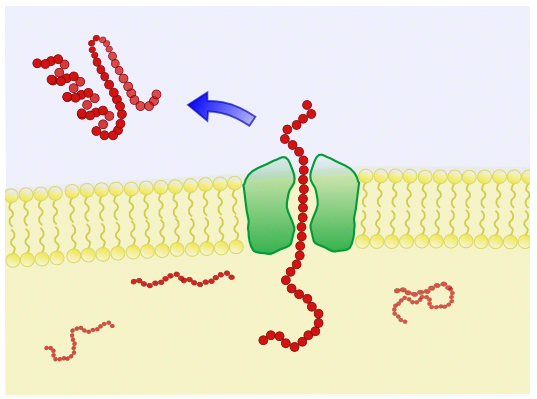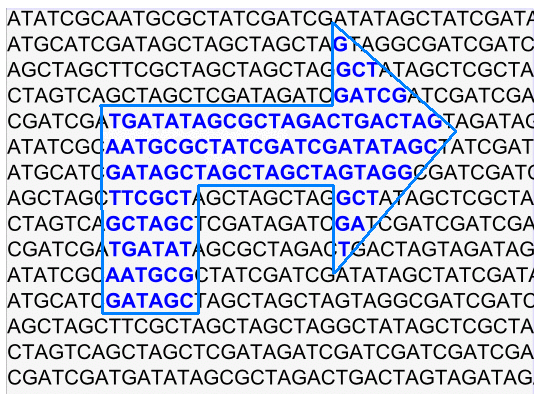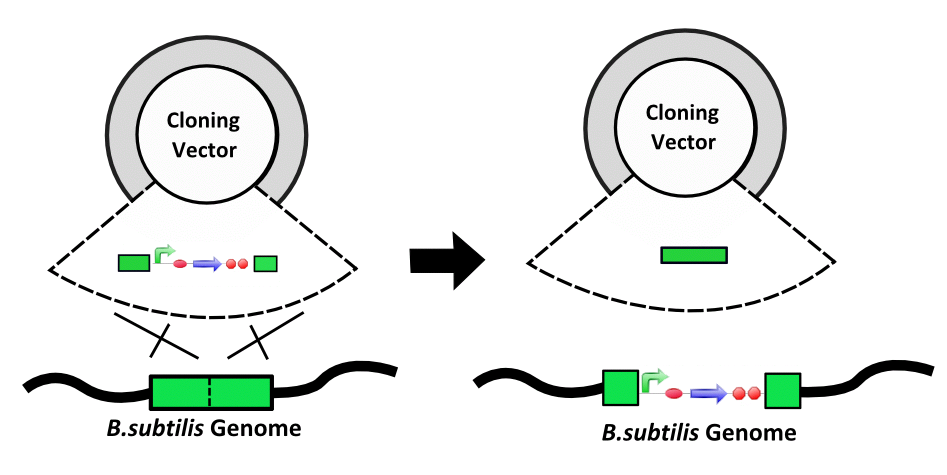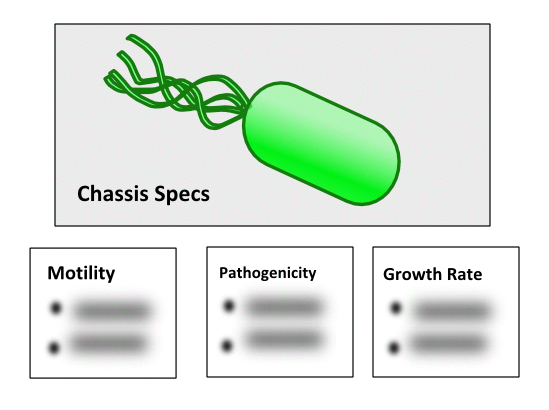Team:Imperial College/Chassis 2
From 2008.igem.org
(Difference between revisions)
| Line 10: | Line 10: | ||
|style="background:#99BBFF"| | |style="background:#99BBFF"| | ||
|style="background:#99BBFF" colspan="2"|<font size=3px color=white><center>'''Protein Expression'''</center></font> | |style="background:#99BBFF" colspan="2"|<font size=3px color=white><center>'''Protein Expression'''</center></font> | ||
| - | |||
|- | |- | ||
|style="background:#FFFFFF"| [[Image:Secretion.PNG| 150px]] | |style="background:#FFFFFF"| [[Image:Secretion.PNG| 150px]] | ||
|style="background:#FFFFFF"| '''Single Membrane''' - ''B. subtilis'' is a gram-positive bacterium and contains only a single membrane. This makes ''B. subtilis'' an ideal chassis for secretion of biomaterials. | |style="background:#FFFFFF"| '''Single Membrane''' - ''B. subtilis'' is a gram-positive bacterium and contains only a single membrane. This makes ''B. subtilis'' an ideal chassis for secretion of biomaterials. | ||
|style="background:#FFFFFF"| '''Peptidase activity''' - ''B. subtilis'' express exopeptidases and so there is a risk that our biomaterial may be cleaved up before it can be secreted. | |style="background:#FFFFFF"| '''Peptidase activity''' - ''B. subtilis'' express exopeptidases and so there is a risk that our biomaterial may be cleaved up before it can be secreted. | ||
| - | |||
|- | |- | ||
|style="background:#99BBFF"| | |style="background:#99BBFF"| | ||
| Line 36: | Line 34: | ||
|style="background:#99BBFF" colspan="2"|<font size=3px color=white><center>'''Chassis Properties'''</center></font> | |style="background:#99BBFF" colspan="2"|<font size=3px color=white><center>'''Chassis Properties'''</center></font> | ||
|- | |- | ||
| - | | rowspan=3 style="background:#FFFFFF"| [[Image:Chassis.PNG| 150px]] | + | |rowspan=3 style="background:#FFFFFF"| [[Image:Chassis.PNG| 150px]] |
|style="background:#FFFFFF"|'''Sporulation: Transport''' - Under stress conditions, ''B. subtilis'' will form spores. These spores are highly resistant versions of single cells, able to withstand extreme temperatures and pH. These spores are capable of growing into new cells once favourable growing conditions are restored. Due to the resistance of spores, there is a great potential for manipulating them for transporting ''B. subtilis'' devices and constructs. | |style="background:#FFFFFF"|'''Sporulation: Transport''' - Under stress conditions, ''B. subtilis'' will form spores. These spores are highly resistant versions of single cells, able to withstand extreme temperatures and pH. These spores are capable of growing into new cells once favourable growing conditions are restored. Due to the resistance of spores, there is a great potential for manipulating them for transporting ''B. subtilis'' devices and constructs. | ||
|style="background:#FFFFFF"| '''Sporulation''' - Under stress conditions, B. subtilis will form spores. These spores are highly resistant versions of single cells. While B. subtilis itself isn't pathogenic, its spores can be damaging if inhaled. They are also highly resistant to many conditions that are used to kill cells. | |style="background:#FFFFFF"| '''Sporulation''' - Under stress conditions, B. subtilis will form spores. These spores are highly resistant versions of single cells. While B. subtilis itself isn't pathogenic, its spores can be damaging if inhaled. They are also highly resistant to many conditions that are used to kill cells. | ||
Revision as of 23:00, 29 October 2008
Benefits vs Challenges
|
|||||||
 "
"




